Rates of deformed individuals in early life stages can be high and cause low survival
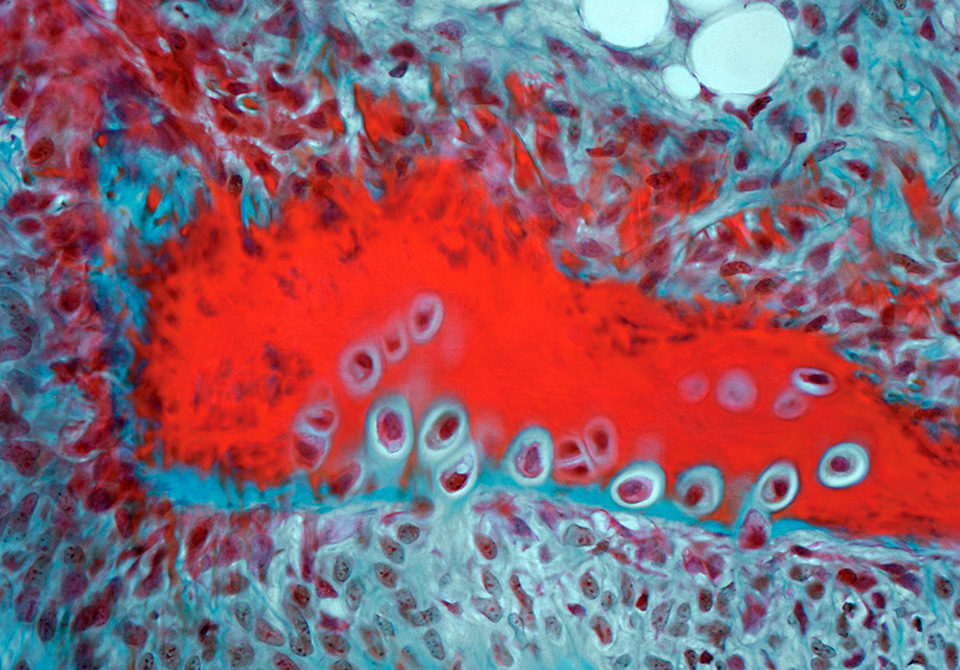
Skeletal deformities in farmed fish, especially malformations of the vertebral column, are a recurring problem. Reduced growth, decreased market value, compromised animal welfare and impacts on the reputation of the industry are all deformity-related problems.
Research on skeletal deformities has progressed, however, and today we are aware of many risk factors. Incubation conditions for eggs and juveniles, temperature regimes, vaccinations and related handling, and dietary vitamin and mineral supply are factors that must be controlled by good farming practices to limit malformations. Still, in marine hatcheries, the rates of deformed individuals in early life stages can be high and cause low survival. In salmonid farming, skeletal malformations are mainly a problem of later life stages. Deformities may only become externally visible after seawater transfer.
Risk factor: growth
The bones of fish must be sufficiently mineralized. If they are not, deformities occur. Fast growth is the main risk factor for insufficient mineralization. If animals accelerate growth, skeletal cells produce more non-mineralized bone matrix. Mineralization of the matrix is only the second step in bone formation.
How fast can the bone matrix mineralize? There is a definite limit for the amount of plasma calcium that is available for mineralization, because plasma calcium content is fixed and strictly controlled. Consequently, extreme growth inevitably generates undermineralized, soft bones. Fish can grow fast with an optimal dietary vitamin and mineral supply, but eventually the speed of growth sets the limit for well-mineralized, healthy, bones.
Temperature, triploid fish
As fast growth constitutes a risk for deformities, any factor that accelerates growth can increase the risk for skeletal malformations. High temperatures cause skeletal malformations, and this also occurs through accelerated growth.
Fast-growing salmon with a short freshwater phase have a higher risk to develop deformities than juveniles that grow less and stay longer in freshwater. Triploid salmon grow faster than diploid salmon and, according to the literature, triploids show a higher incidence of skeletal malformations. The same is reported for triploid rainbow trout.
Phosphorus
Bones need calcium and phosphorus. Fish seldom suffer from calcium deficiency because of their unlimited access to calcium from the water by uptake via the gills. In contrast, for phosphorus, fish must rely on dietary intake.
Indeed, insufficient dietary phosphorus can cause low-mineralized bones and deformities. At the same time, phosphorus is a pollutant, and today we try to minimize the discharge of phosphorus from fish farms. This, and the physiological limits of bone mineralization set by the speed of growth discussed above, ask for a balanced inclusion of phosphorus in fish feeds.
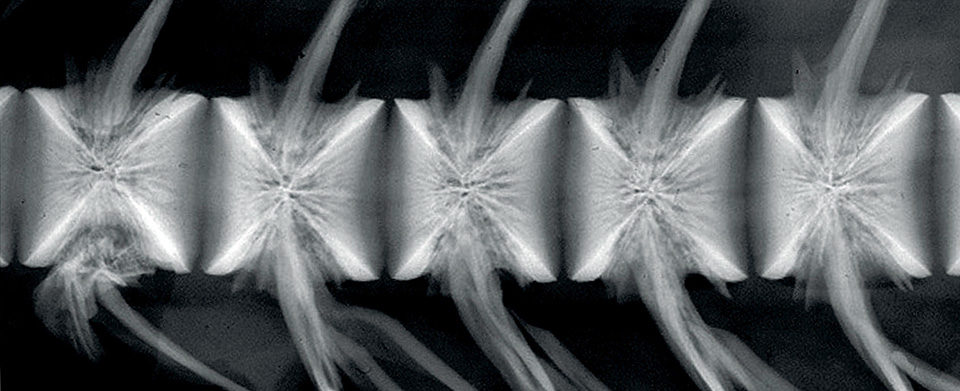
Healthy skeletons without fishmeal, fish oil
The need for aquaculture to supply a growing human population, the need to protect marine resources and habitats, and consumers’ increasing demand for sustainably produced fish will likely see fish products eventually removed almost completely from fish feeds. Consumers are also becoming more sensitive about animal welfare, so deformed fish represent an issue for them.
It is a challenge to produce healthy fish without fish products, but research has started to address this problem and there is good news for the skeleton. Studies on salmon show that feeds can be devoid of fishmeal and fish oil without compromising skeletal health. A study published in 2010 revealed that a diet for salmon enriched with inorganic phosphate reduced the incidence of deformities compared to a traditional fishmeal-based diet. For other species, further research is needed, but publications have already reported that fishmeal and fish oil content can be substantially reduced in feed.
Early diagnosis
Early diagnosis of skeletal issues can help limit problems, but there are no tools for simple, early, external diagnoses. On the contrary, under-mineralized vertebrae can increase animals’ condition factor, usually considered a positive value.
For early diagnosis, good-quality x-rays are required. Possibly, additional histological analysis is needed to determine the type of skeletal tissue involved in a malformation.
A salmon vertebral column that is radiologically diagnosed as at risk to develop deformities can fully recover after the animal’s seawater transfer. The authors’ studies showed that Atlantic salmon can repair fused vertebral bodies, provided only a few vertebrae are affected. Thus, early diagnosis followed by appropriate measures can help to avoid skeletal deformities.
Biomedical, biological research
In several aspects, the cellular and molecular pathways of fish skeletal development are special and differ in marine and freshwater species. Biomedical research and developmental biology can help us understand them. Both disciplines focus on two small fish species, zebrafish and medaka, which are often used as models for human disease research. Not just the skeletons of the fish, but virtually any organs and metabolic pathways are being analyzed.
While good models for human diseases, zebrafish and medaka are even better models for fish diseases. Considering its position in evolution, the medaka is a good model for sea bream and tilapia, and zebrafish can be a model for carp and salmon. We have learned enormously from zebrafish and medaka about healthy skeletal development, and there is more to come.
Interdisciplinary approach
While many scientists in aquaculture, biomedical or classical research disciplines focus on the fish skeleton, many of them thrive in their own communities without leaving their circles. This is unfortunate, because an aquaculture lab likely has the best knowledge about experiments with live fish, a biomedical research lab may have the most advanced molecular tools, and ultimately every normal or pathological process can only be fully understood within an evolutionary context.
To bring fish skeletal experts from different disciplines together, the authors and colleagues have organized a series of international conferences called Interdisciplinary Approaches in Fish Skeletal Biology. The next conference is scheduled for 2013. The proceedings of these meetings are being published in the Journal of Applied Ichthyology.
Research continues
Never before has there been more research on fish skeletons. As medicine cannot cure all human skeletal diseases, we cannot cure all deformities in fish, but we know already how to prevent many types.
Over time, we are improving the quality of diagnoses and learning more about mechanisms of repair. With help from other disciplines, we are increasing our understanding of molecular and cellular changes that cause fish skeletons to go astray. We have to learn more, but we are better equipped than ever with tools that will help us ensure the healthy growth of the skeletons in farmed fish.
(Editor’s Note: This article was originally published in the March/April 2012 print edition of the Global Aquaculture Advocate.)
Authors
-
Dr. Paul Eckhard Witten
Ghent University Biology Department
Ledeganckstraat 35, B-9000
Ghent, Belgium[109,111,99,46,108,111,97,64,110,101,116,116,105,119,100,114,97,104,107,99,101,112]
-
Dr. Ann Huysseune
Ghent University Biology Department
Ledeganckstraat 35, B-9000
Ghent, Belgium
Tagged With
Related Posts
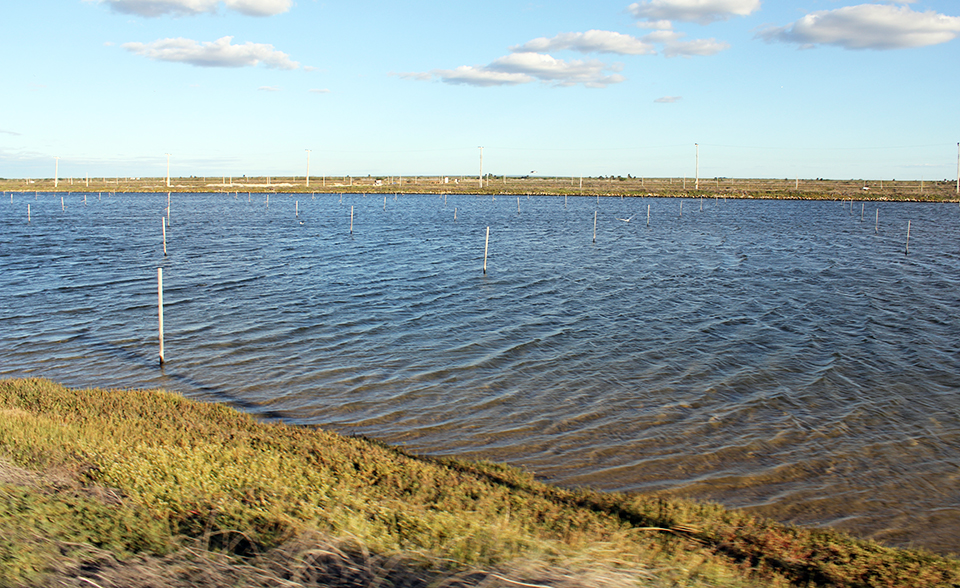
Health & Welfare
AHPN inferences based on behavior of vibrio bacteria
Vibrio parahaemolyticus, a strain of which is the cause of acute hepatopancreatic necrosis (AHPN), has both virulent and benign strains. This strain colonizes the stomachs of shrimp by the formation of a biofilm, which protects it from antibiotics and other potential treatments.

Health & Welfare
Biofloc technology: Possible prevention for shrimp diseases
Facing emerging viral problems and rising energy costs, the use of biofloc technology in biosecure systems offers an answer for sustainable shrimp aquaculture. The main attributes of biofloc systems in reducing disease risk include the fact that low water exchange improves pathogen exclusion.
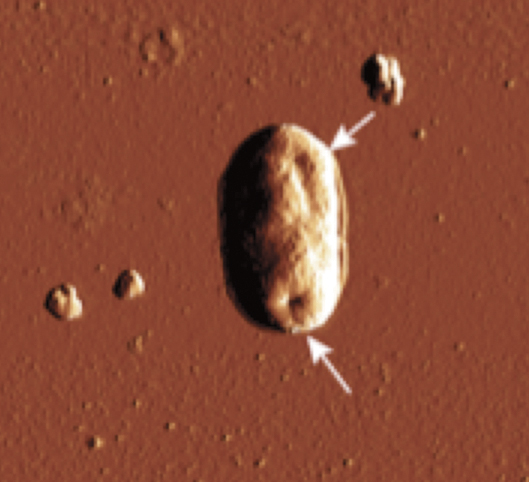
Health & Welfare
Development of 1-monoglycerides against AHPND
1-monoglycerides are known for their antibacterial and antiviral effects in the human pharmaceutical and animal husbandry industries. As a substitution for the preventive use of antibiotics, these molecules are being evaluated in the fight against AHPND.
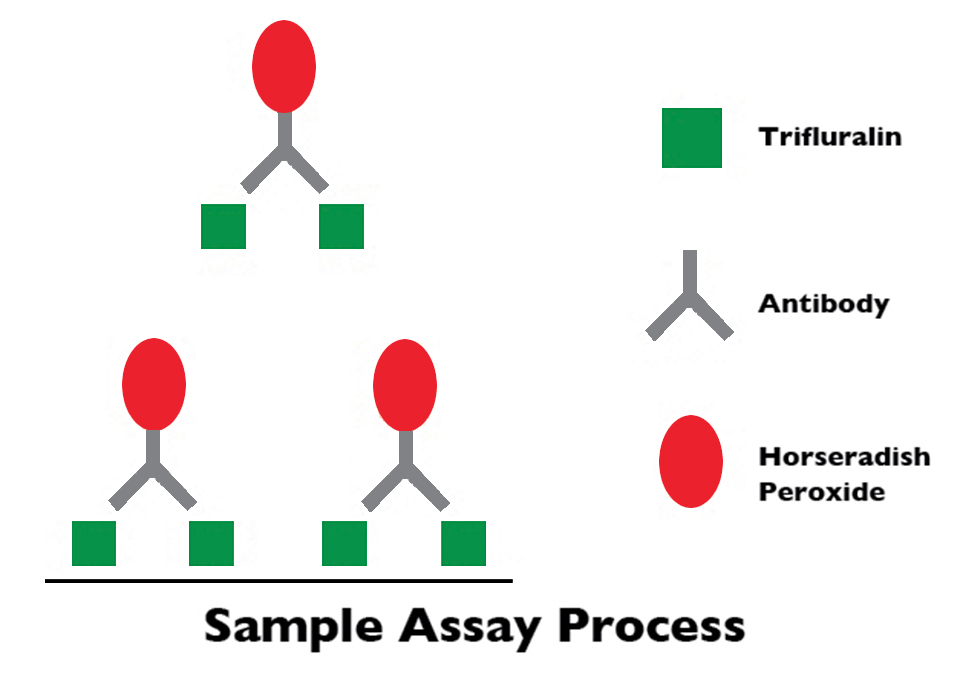
Health & Welfare
ELISA kits offer quantitative analysis of trifluralin in fish
Antibody-based enzyme-linked immunosorbent assay (ELISA) tests are proven, sensitive, high-throughput alternatives to more costly and complex test methods for the detection of herbicide residues and other chemicals.


